

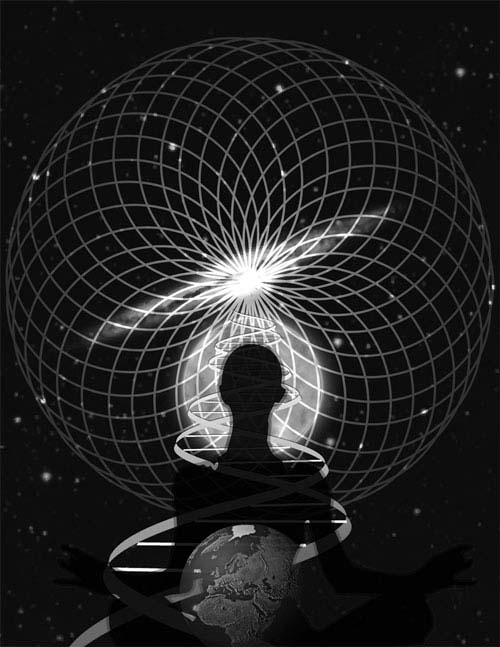
2025 - Today there are as many research papers refuting our digital existence as there are promoting its scientific inevitability. The hypothesis that reality is an advanced super-computer simulation is backed by noted mathematicians and scientists. Exactly how it is run, who is running it, or if it is a self-perpetuating experiment remains unknown to date. I would say it's because the answers to those questions are beyond the realms of human comprehension.
Indigenous people have always referred to reality as a dream or illusion. We refer to it as a simulation, hologram, or something that we do not as yet understand nor have named.
To the best of human understanding the simulation or holographic universe is created by an algorithm based on numeric codes - ones and zeros to create an illusion in which we vicariously experience. It is based on the Fibonacci sequence which is now reducing to zero as the simulation ends. The brain is a processing machine which works on binary code (ones and zeros) that merges with fibonacci at zero to end the experiment transforming emotions into consciousness.
Emphasis today is on artificial intelligence which is one way to define the nature of the reality and the characters within. Artificial intelligence takes us to extraterrestrials - past and present - and reality as a biogenetic experiment set in linear time to study emotions. Understanding the overall view of the experiment is not difficult, but having the tools to prove it is a matter of our simulation or hologram guiding us to that information. Everything else about who we are, and why we are here will remain speculative until the end.
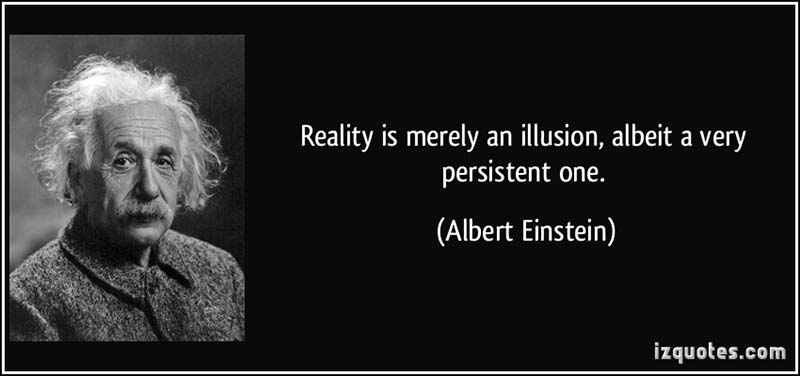
Professor Brian Greene explains Simulation Theory or the Holographic Universe
The Universe Is 'Suspiciously' Like a Computer Simulation, Physicist Says Science Alert - May 18, 2025
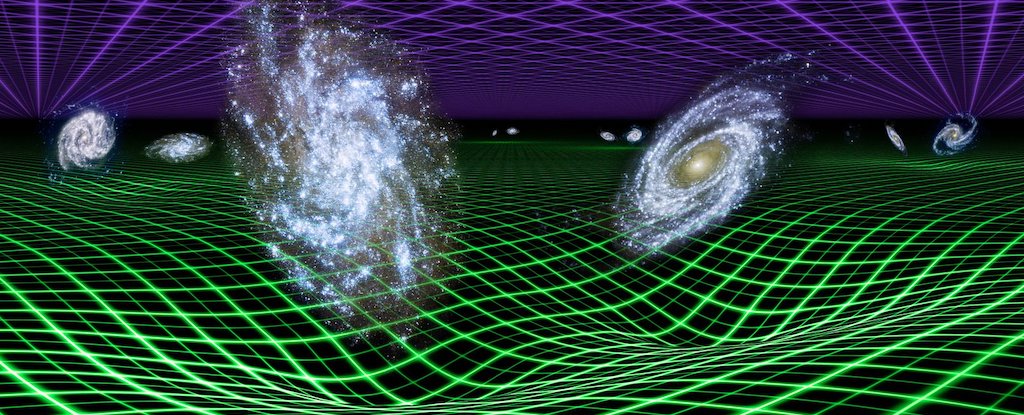
We have long taken it for granted that gravity is one of the basic forces of nature - one of the invisible threads that keeps the universe stitched together. But suppose that this is not true. Suppose the law of gravity is simply an echo of something more fundamental: a byproduct of the universe operating under a computer-like code.
Is our universe trapped inside a black hole? This James Webb Space Telescope discovery might blow your mind Live Science - March 17, 2025
The simplest explanation of the rotating universe is that the universe was born inside a rotating black hole. That explanation agrees with theories such as black hole cosmology, which postulates that the entire universe is within the interior of a black hole. Simulation Theory
How Holographic Dark Energy Could Lead To The End Of The Universe IFL Science - October 23, 2024
A team looking into dark energy and the holographic principle have modeled what the end of the universe may look like, assuming that the universe is a hologram after all.
Why Some Physicists Think We Are Living Inside A Black Hole IFL Science - May 8, 2024
Black holes are strange objects which (though we have learned plenty about them) confound our understanding of physics. In an attempt to reconcile some of the paradoxes discovered when studying them, physicists have proposed stranger hypotheses still, with one suggesting that they imply we live in a holographic universe, where all of what we see and perceive is in fact encoded at our universe's boundary, a 3D (plus time) representation of a two-dimensional (plus time) universe. Further than that, some have suggested that it could imply that our universe is within a black hole of a larger universe.
Do we live in a computer simulation like in The Matrix? Proposed new law of physics backs up the idea PhysOrg - October 21, 2023
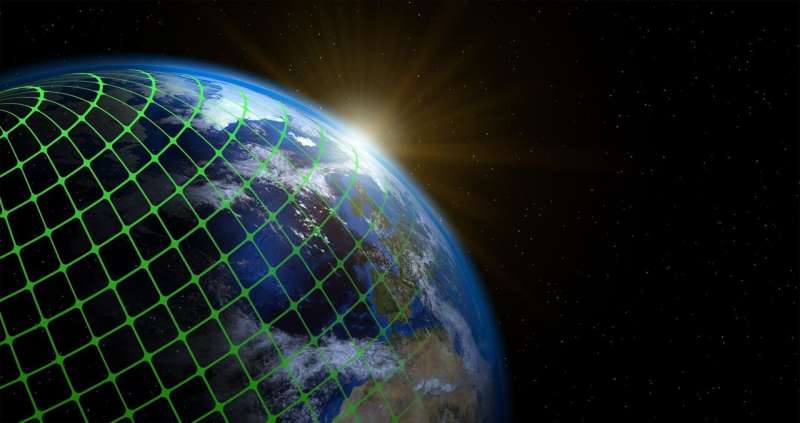
The simulated universe theory implies that our universe, with all its galaxies, planets and life forms, is a meticulously programmed computer simulation. In this scenario, the physical laws governing our reality are simply algorithms. The experiences we have are generated by the computational processes of an immensely advanced system.
Physics Revelation Could Mean We're All Living in a Simulation Science Alert - October 10, 2023

The scent of coffee. The clarity of sunlight dappling through the trees. The howl of the wind in the dark of night. All this, according to a philosophical argument published in 2003, could be no more real than pixels on a screen. It's called the simulation hypothesis, and it proposes that if humanity lives to see a day it can repeatedly simulate the Universe using come kind of computer, chances are we are living in one of those many simulations.
Could a new law of physics support the idea we're living in a computer simulation? PhysOrg - October 9, 2023
Is Our Universe a Hologram? Physicists Debate Famous Idea on Its 25th Anniversary Scientific American - February 23, 2023
A quarter of a century ago a conjecture shook the world of theoretical physics. It had the aura of revelation. At first, we had a magical statement ... almost out of nowhere, says Mark Van Raamsdonk, a theoretical physicist at the University of British Columbia. The idea, put forth by Juan Maldacena of the Institute for Advanced Study in Princeton, N.J., suggested something profound: that our universe could be a hologram. Much like a 3-D hologram emerges from the information encoded on a 2-D surface, our universe's 4-D spacetime could be a holographic projection of a lower-dimensional reality.
Expert Proposes a Method For Telling if We All Live in a Computer Program Science Alert - November 22, 2022

The nature of our reality is one of the greatest mysteries out there. The more we take the simulation hypothesis seriously, the greater the chances we may one day prove or disprove it.
Is our universe a holographic projection? Scientists are using black holes and quantum computing to find out Space.com - February 24, 2022
What happens inside a black hole - and how does whatever goes on inside relate to the universe outside it? It's a mystery that has evaded scientists for decades. It's also a mystery that could also redefine how we think about the nature of the universe. In a paper published in the journal PRX Quantum on Feb. 10, physicists applied quantum computers and machine learning - the computational technology that powers facial recognition software and natural language processing - to test a possible connection. Black holes play by Einstein's theory of general relativity, which governs the universe on large scales. Tiny particles outside of black holes play by the rules of the Standard Model of particle physics, which outlines the universe at the absolute tiniest scales
A new hypothesis says the universe self-simulates itself in a strange loop Mind Matters - September 22, 2021
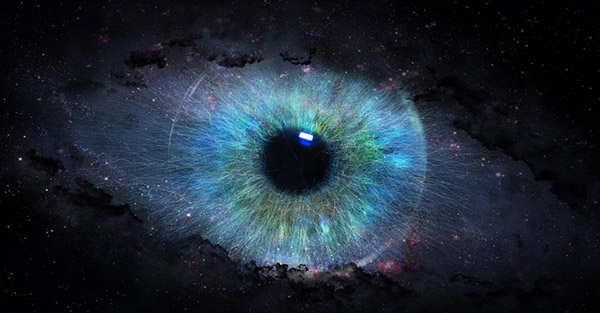
How real are you? What if everything you are, everything you know, all the people in your life as well as all the events were not physically there but just a very elaborate simulation? Philosopher Nick Bostrom famously considered this in his seminal paper "Are you living in a computer simulation?," where he proposed that all of our existence may be just a product of very sophisticated computer simulations ran by advanced beings whose real nature we may never be able to know. Now a new theory has come along that takes it a step further - what if there are no advanced beings either and everything in reality is a self-simulation that generates itself from pure thought?
Elon Musk on YouTube - 2020
There are scientists right now who are working on experiments to answer the question - are we living in a simulation?
Black holes? They are like a hologram in which all the information to produce a three-dimensional image is encoded in a two-dimensional surface PhysOrg - June 8, 2020
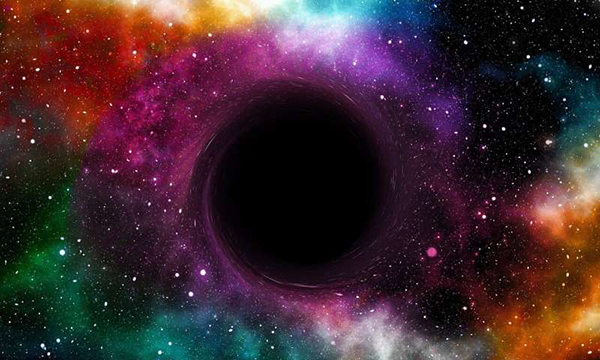
Physics: The Holographic Universe Explained - April 10, 2019
Leonard Susskind is an American physicist and professor at Stanford University
Mind blown: The entire universe could be a hologram CNBC - January 31, 2017
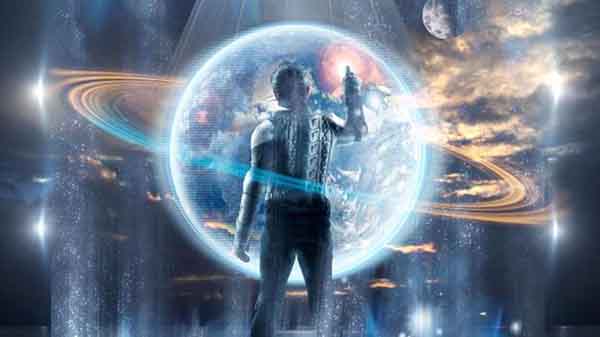
Talk about a reality check: The entire universe could be a "vast and complex hologram," scientists reported Monday. Also, even more unsettling, what we think of as reality may be just an illusion.
Study reveals substantial evidence of holographic universe PhysOrg - January 30, 2017
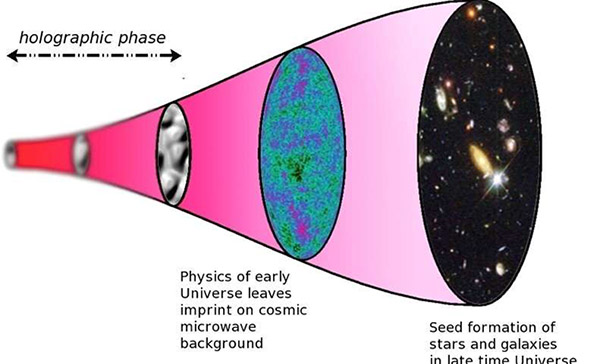
A UK, Canadian and Italian study has provided what researchers believe is the first observational evidence that our universe could be a vast and complex hologram. Theoretical physicists and astrophysicists, investigating irregularities in the cosmic microwave background (the 'afterglow' of the Big Bang), have found there is substantial evidence supporting a holographic explanation of the universe - in fact, as much as there is for the traditional explanation of these irregularities using the theory of cosmic inflation.
Elon Musk: We are living in a computer simulation Independent - June 2, 2016
2016 Isaac Asimov Memorial Debate: Is the Universe a Simulation?
Are we living in a Matrix-style simulation? PhysOrg - November 29, 2016

A number of philosophers, futurists, and technologists have come to believe that we are living in a computer-simulated world, kind of like a real-life version of The Matrix. The so-called "simulation argument" was popularized in a 2003 paper by University of Oxford professor Nick Bostrom and has since become a high-profile topic of discussion in classrooms and conferences across the country.
Several physicists have suggested that our Universe is not real and is instead a giant simulation. BBC - September 5, 2016
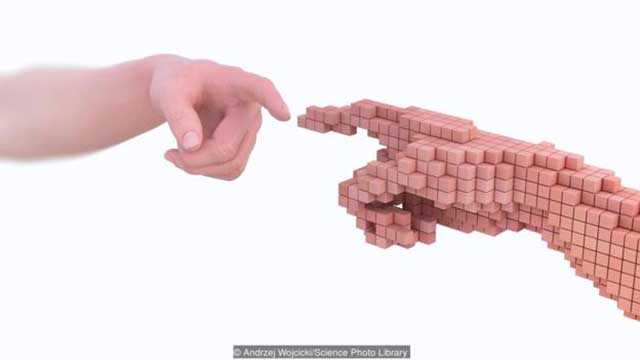
Several physicists, cosmologists and technologists are now happy to entertain the idea that we are all living inside a gigantic computer simulation, experiencing a Matrix-style virtual world that we mistakenly think is real.
September 8, 2016
Is Our Universe Fake? Space.com - August 4, 2015
Robert Lawrence Kuhn is the creator, writer and host of "Closer to Truth," a public television and multimedia program that features the world's leading thinkers exploring humanity's deepest questions. Kuhn is co-editor, with John Leslie, of "The Mystery of Existence: Why Is There Anything at All?".
Black holes are not ruthless killers, but instead benign hologram generators Science Daily - June 17, 2015
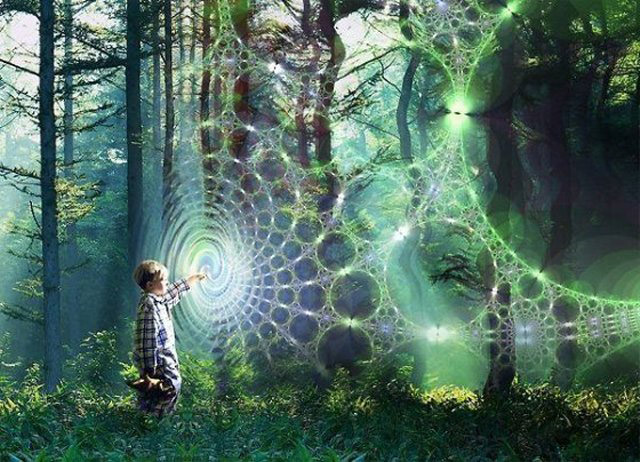
New research in theoretical physics shows that black holes aren't the ruthless killers we've made them out to be, but instead benign - if imperfect - hologram generators. The world could have been captured by a black hole, and we wouldn't even notice, according to a new theoretical perspective. Mathur and his team have been expanding on their fuzzball theory, too, and they've come to a completely different conclusion. They see black holes not as killers, but rather as benign copy machines of a sort. They believe that when material touches the surface of a black hole, it becomes a hologram, a near-perfect copy of itself that continues to exist just as before.
Is the universe a hologram? Science Daily - April 27, 2015
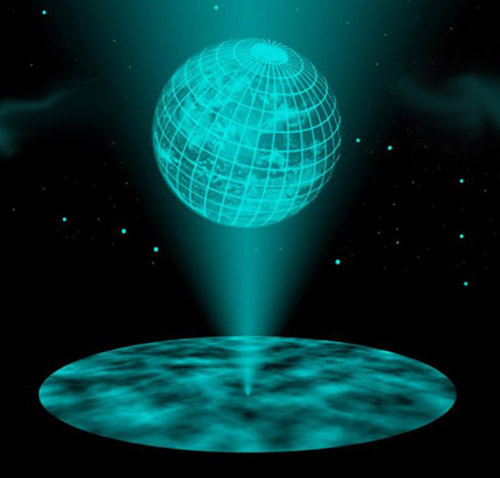
The 'holographic principle,' the idea that a universe with gravity can be described by a quantum field theory in fewer dimensions, has been used for years as a mathematical tool in strange curved spaces. New results suggest that the holographic principle also holds in flat spaces. Our own universe could in fact be two dimensional and only appear three dimensional -- just like a hologram. At first glance, there is not the slightest doubt: to us, the universe looks three dimensional. But one of the most fruitful theories of theoretical physics in the last two decades is challenging this assumption. The "holographic principle" asserts that a mathematical description of the universe actually requires one fewer dimension than it seems. What we perceive as three dimensional may just be the image of two dimensional processes on a huge cosmic horizon. Until now, this principle has only been studied in exotic spaces with negative curvature. This is interesting from a theoretical point of view, but such spaces are quite different from the space in our own universe. Results obtained by scientists at TU Wien (Vienna) now suggest that the holographic principle even holds in a flat spacetime.
Do We Live in a 2-D Hologram? Physicists Aim to Find Out NBC - August 27, 2014
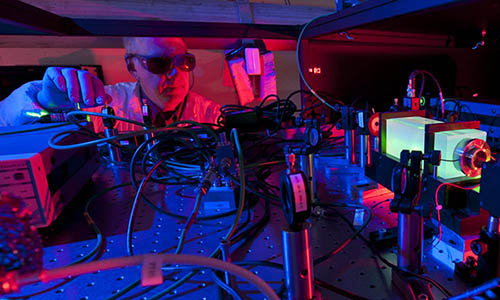
Physicists at Fermilab in Illinois have turned on a laser-based experiment that could reveal whether the three-dimensional world we perceive is merely a "Matrix"-style illusion generated by a cosmic two-dimensional hologram. The Holometer experiment is the result of years of work by particle astrophysicist Craig Hogan and his colleagues at the federally funded Fermi National Accelerator Laboratory, and it could provide the first clear evidence for the existence of the holographic universe. The concept has been debated for decades, but it's devilishly difficult to show whether it can ever be anything more than a concept. Hogan aims to find out whether the universe is a hologram by looking for telltale quantum jitters in the fabric of space-time itself. "If we see something, it will completely change ideas about space we've used for thousands of years.
If the world is a computer, life is an algorithm Science News - June 26, 2014
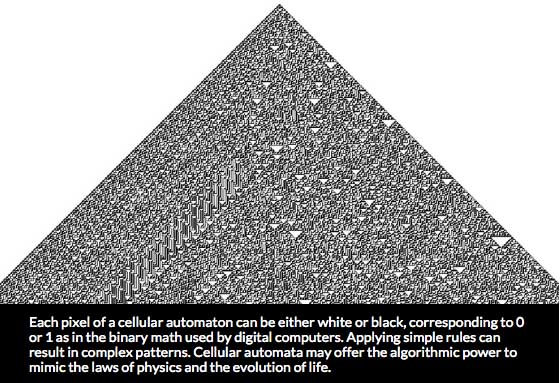
Today a fair number of scientists regard nature as a computer. Describing the universe as a computer does make a certain amount of sense. Laws governing how the universe works are expressed in mathematical formulas. You use those formulas to compute what nature will do, such as when the moon will position itself for the next solar eclipse. Just as you do a digital computation to figure out where the moon will be, nature simply conducts a real-time analog computation of its own that puts the moon where it is supposed to be.
New mathematical model links space-time theories PhysOrg - June 1, 2013
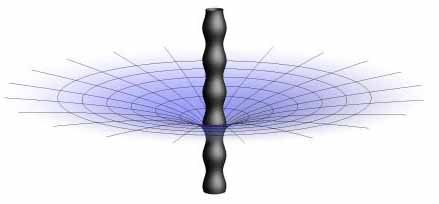
Researchers at the University of Southampton have taken a significant step in a project to unravel the secrets of the structure of our Universe. One of the main recent advances in theoretical physics is the holographic principle. According to this idea, our Universe may be thought of as a hologram and we would like to understand how to formulate the laws of physics for such a holographic Universe.
What if Reality Was Really Just Sim Universe? Live Science - December 14, 2012
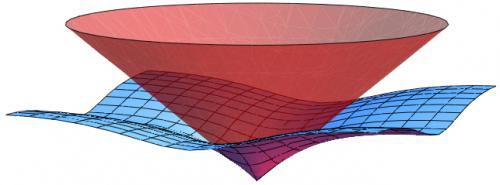
What if everything -- all of us, the world, the universe -- was not real? What if everything we are, know and do was really just someone's computer simulation? The notion that our reality was some kid on a couch in the far future playing with a computer game like a gigantic Sim City, or Civilization, and we are his characters, isn't new. But a group of physicists now think they know of a way to test the concept. Three of them propose to test reality by simulating the simulators.
Is it real? Physicists propose method to determine if the universe is a simulation PhysOrg - October 12, 2012
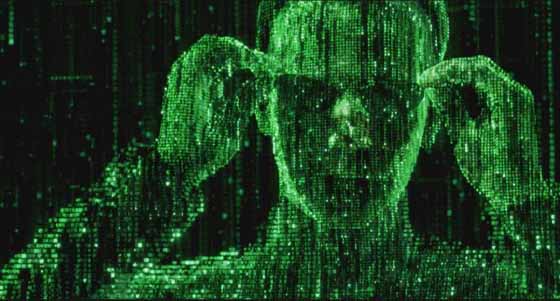
A common theme of science fiction movies and books is the idea that we're all living in a simulated universe - that nothing is actually real. The team's idea is based on work being done by other scientists who are actively engaged in trying to create simulations of our universe, at least as we understand it. Thus far, such work has shown that to create a simulation of reality, there has to be a three dimensional framework to represent real world objects and processes. With computerized simulations, it's necessary to create a lattice to account for the distances between virtual objects and to simulate the progression of time. The German team suggests such a lattice could be created based on quantum chromodynamics - theories that describe the nuclear forces that bind subatomic particles.
2010 film Inception... Is reality an illusion or dream created by consciousness?
How Many Dimensions In The Holographic Universe? Science Daily - February 9, 2009
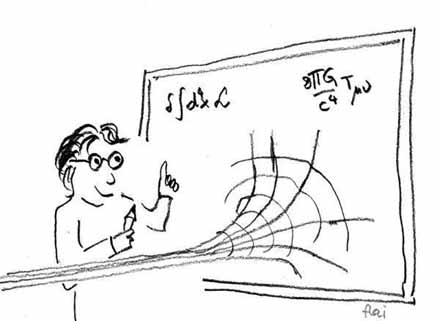
Viennese scientists are trying to understand the mysteries of the holographic principle: How many dimensions are there in our universe? Some of the world's brightest minds are carrying out research in this area - and still have not succeeded so far in creating a unified theory of quantum gravitation is often considered to be the "Holy Grail of modern science.
Michael Talbot (1953-1992), was the author of several books on holograms and quantum mechanics, and their relationship to ancient mysticism and the theoretical models of reality. Talbot explored the works of physicist David Bohm and neurophysiologist Karl Pribram, who independently reached the conclusion that the universe operates on a holographic model. In Talbot's book, The Holographic Universe, Talbot also arrives at this conclusion and maintains that the holographic model might also explain numerous paranormal and unusual phenomena as well as offer a basis for mystical experiences.
Sci-fi writer Philip K. Dick on reality being a computer simulation - 1977
We are living in a computer programmed reality and the only clue we have to it is when some variable is changed and some alteration in our reality occurs. We would have the overwhelming impression that we were reliving the present - deja vu - perhaps in precisely in the same way, hearing the same words, saying the same words. I submit these impressions are valid and significant and I will even say this - such an impression is a clue that at some past time-point a variable was changed - reprogrammed as it were - and that because of this an alternative world branched off